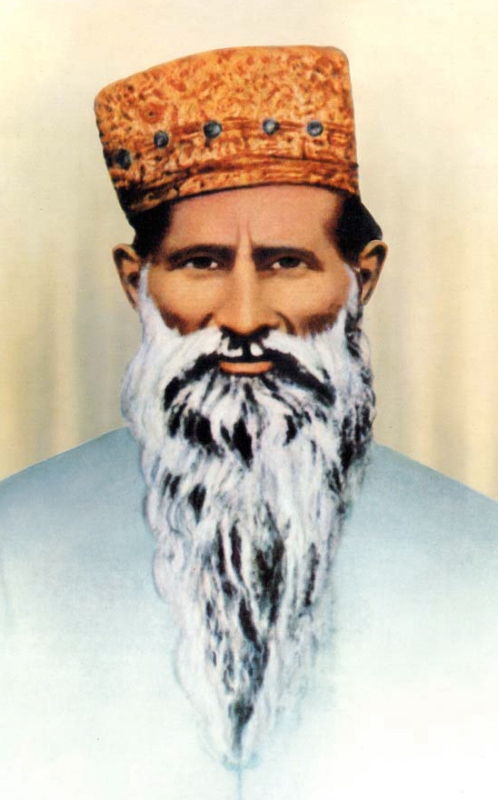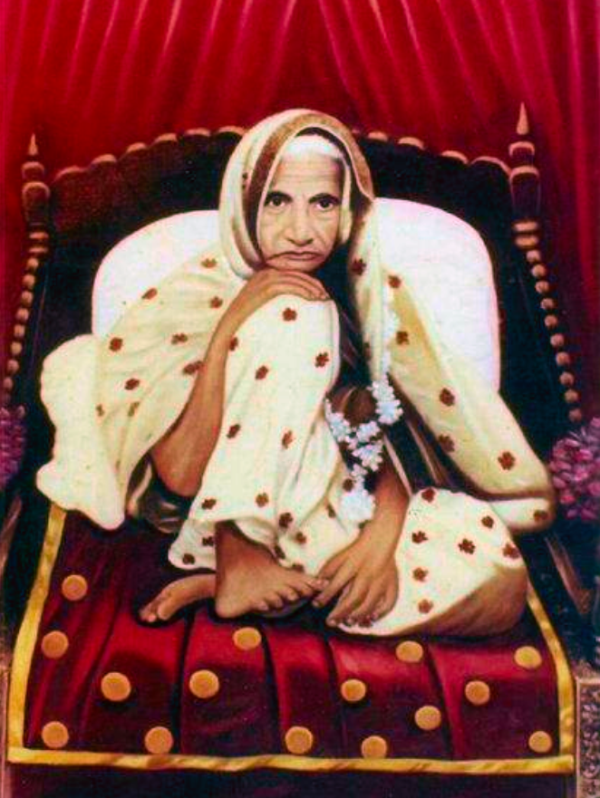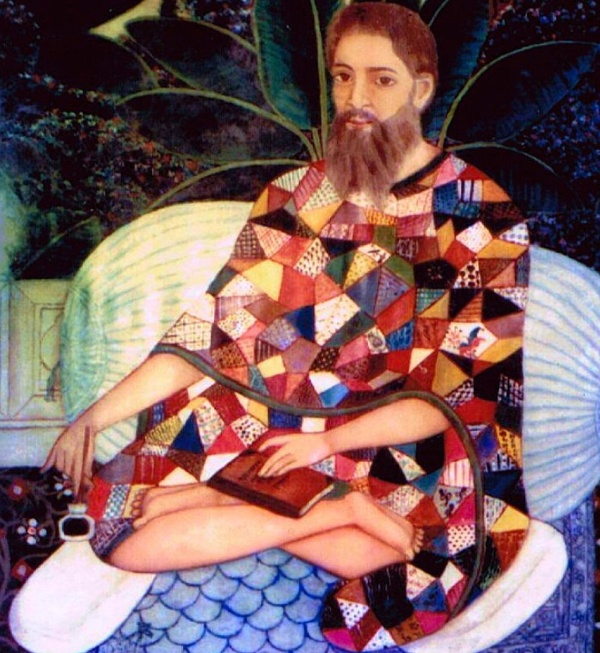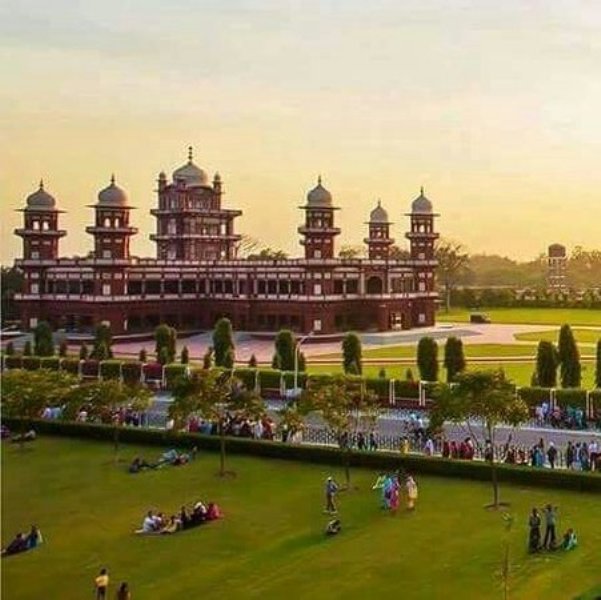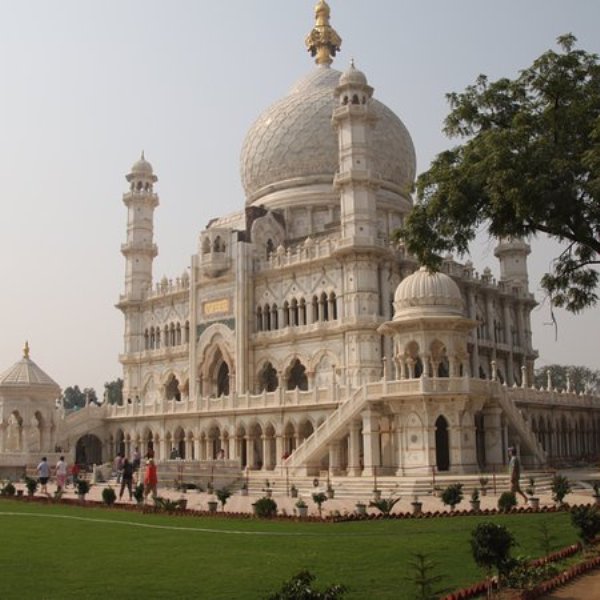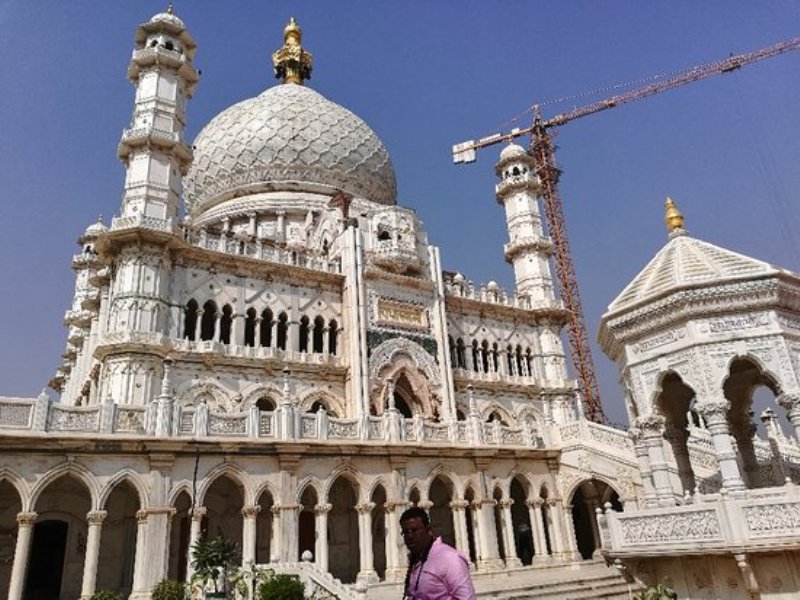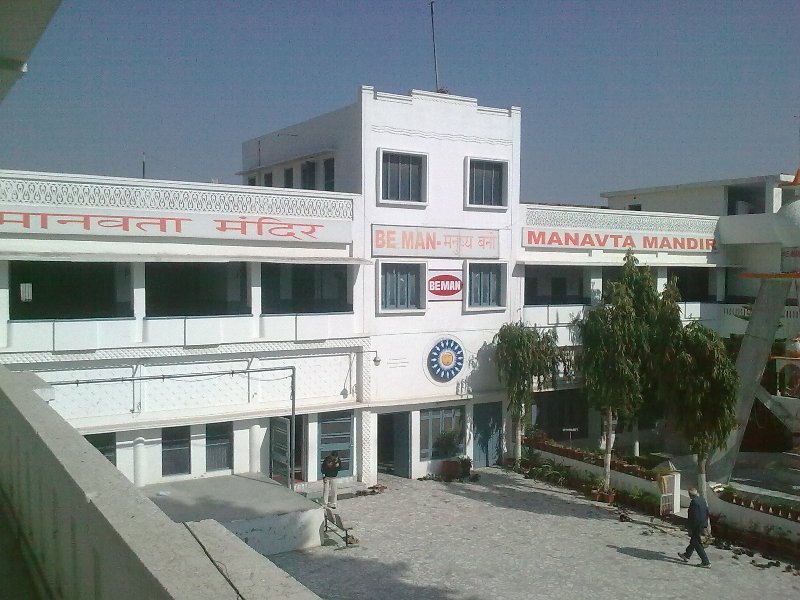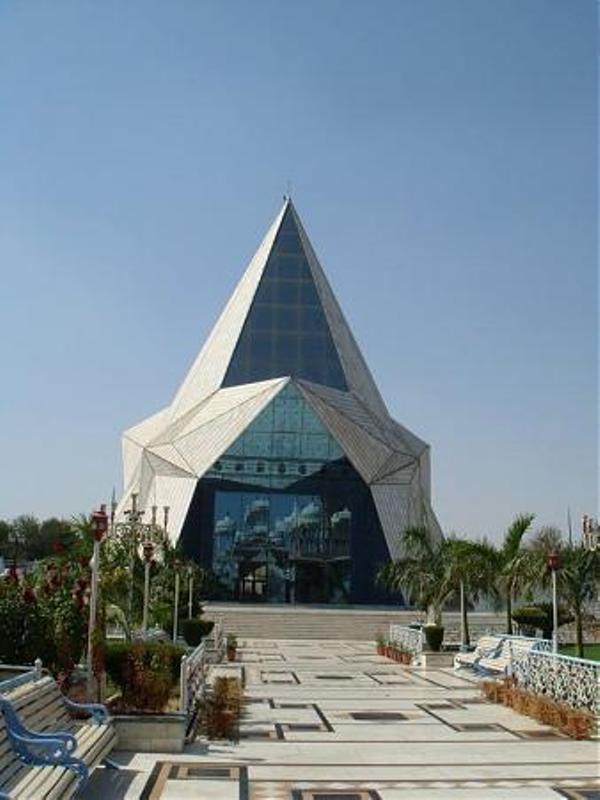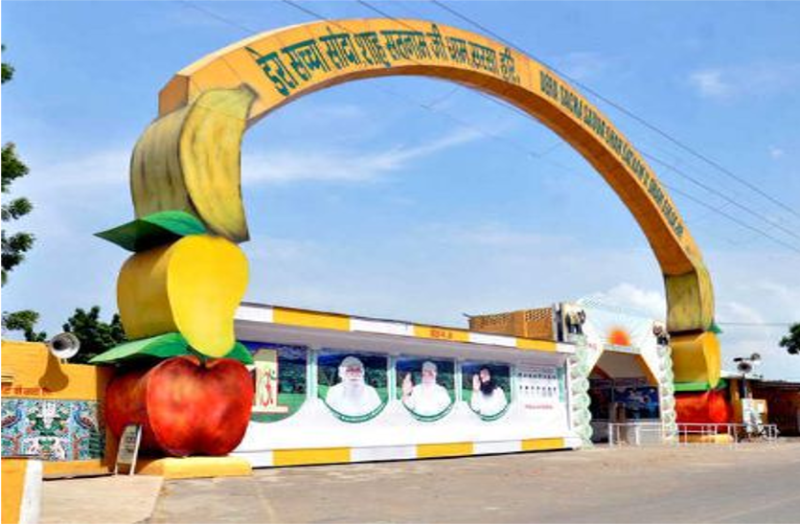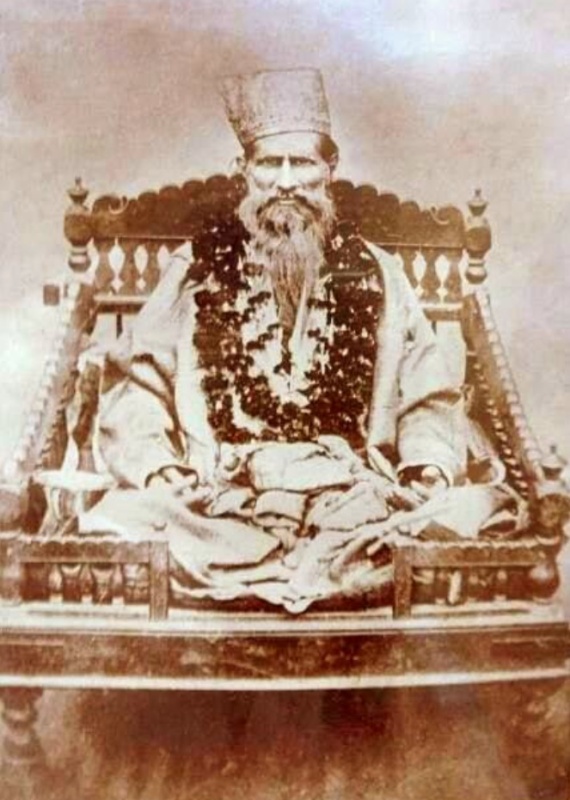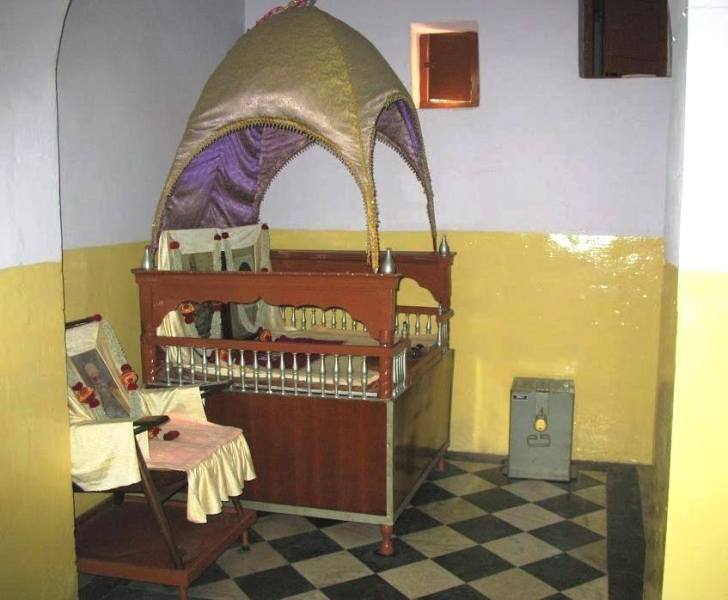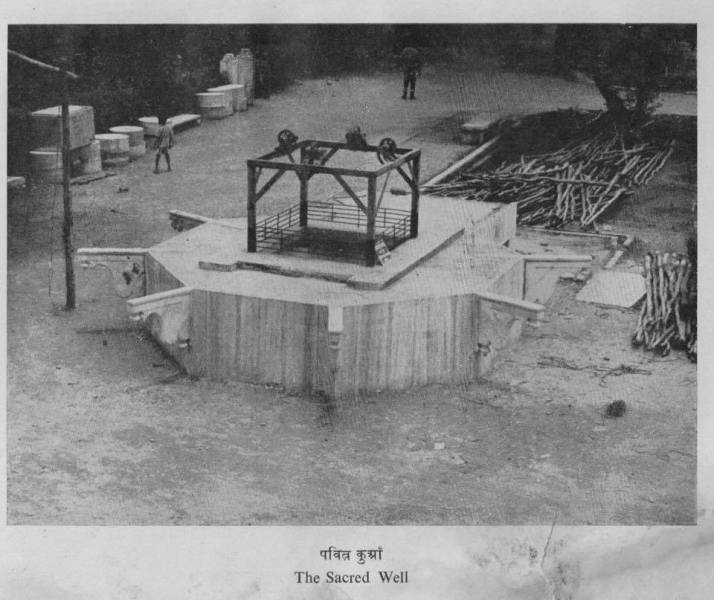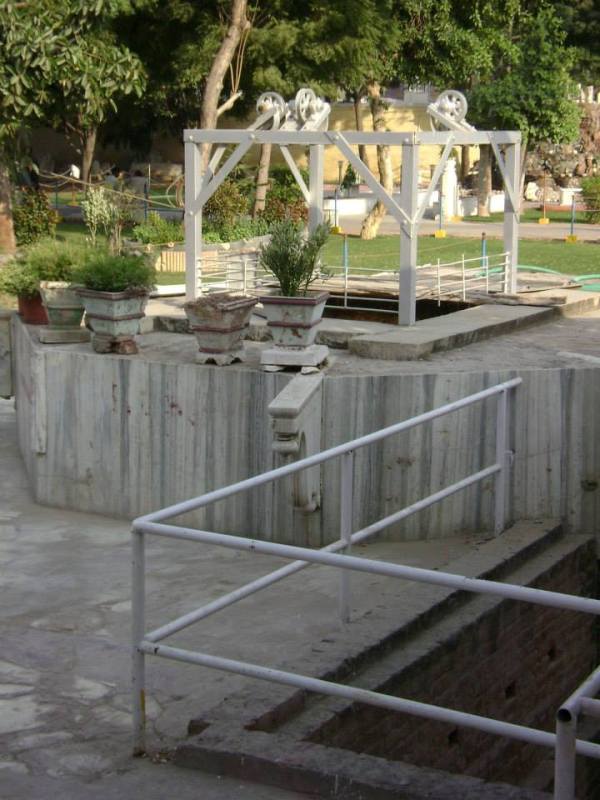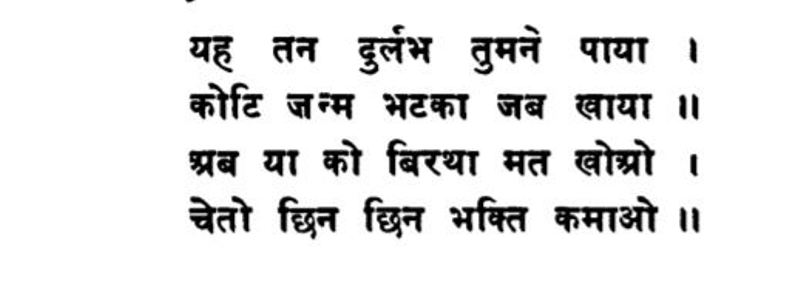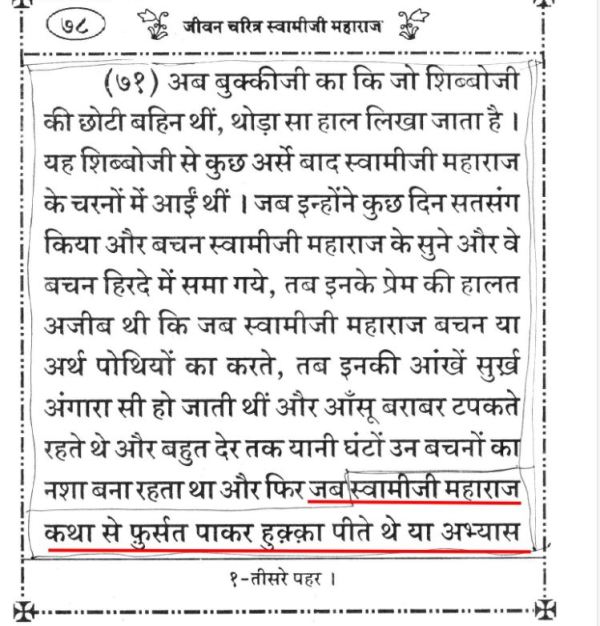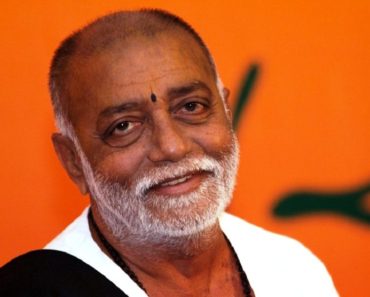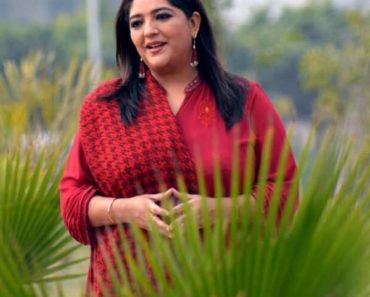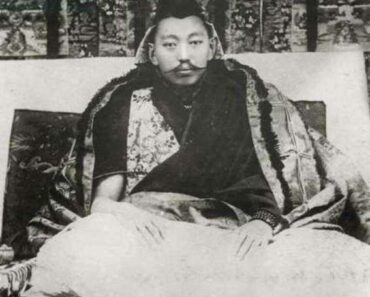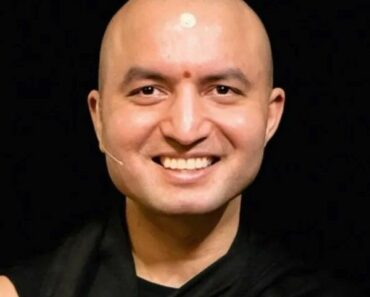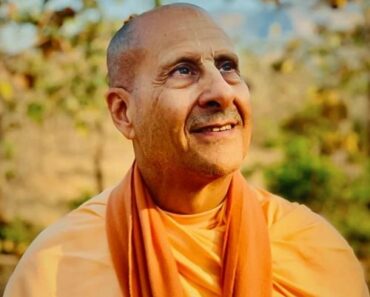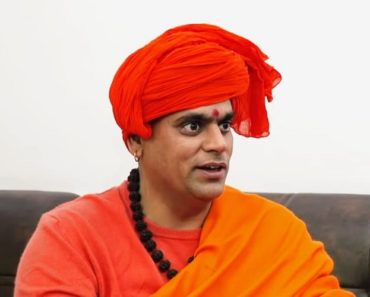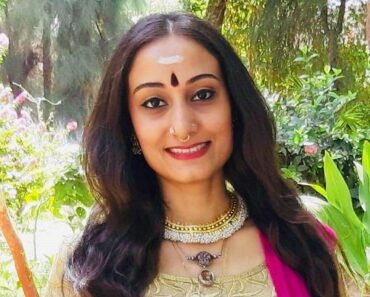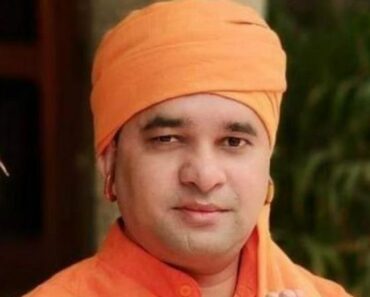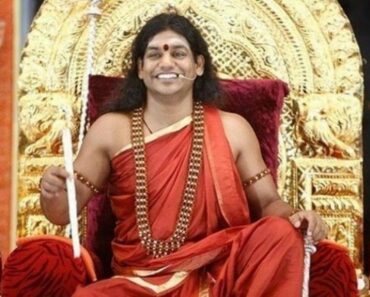Shiv Dayal Singh Seth popularly known as Soamiji Maharaj was an Indian spiritual personality, who was the founder of the 19th-century spiritual faith – Radhasoami movement. He was honorifically called ‘Param Purush Puran Dhani Huzur Soamiji Maharaj’ by his followers and devotees.
Contents
Wiki/Biography
Shiv Dayal Singh Seth was born on Monday, 24 August 1818 (age 59 years; at the time of death) Panni Gali, Agra, Ceded Provinces, British India. His zodiac sign was Virgo. He went to school to master Hindi, Urdu, Persian, Gurumukhi, Arabic, and Sanskrit languages and Parmarth (Spiritual Practices) at the age of five. [1]Internet Archive
Physical Appearance
Hair Colour: Grey
Eye Colour: Black
Family
Parents & Siblings
His father’s name was Lala Dilwali Singh Seth, and he belonged to the Sahejdhari Khatri community. His mother’s name was Mahamaya. Lala Dilwali Singh Seth and the grandfather of Soamiji Maharaj were the followers of Sikh Guru Nanak and spiritual Guru Tulsi Saheb. Soamiji Maharaj’s father and grandfather were Persian scholars. He had two brothers named Rai Bindraban and Lala Pratap Singh Seth (Chachaji Sahib). His sister’s name was Sardhoji Maharaj, and his grandfather’s name was Seth Malik Chand.
Wife & Children
Shiv Dayal Singh Seth got married to Naraini Devi at an early age. She was later addressed as “Radhaji” by her followers and devotees. Her father’s name was Izzat Rai of Faridabad.
Soamiji Maharaj had no children. After getting the Surat Shabd initiation within him, he left the worldly pleasures and locked himself in a room for 15 years to meditate. He spent the remaining years of his life while delivering spiritual discourses.
Religion
Sant Mat, Radha Soami
Caste
He belonged to a Vaishnava family in Agra. [2]Britannica
Sect
Uttari Bharat ki Sant Parampara (Sant Tradition of North India)
Childhood
Soamiji Maharaj’s parents were from Punjab. In his infancy, they moved to Agra, Uttar Pradesh on the command of the colonial British government who were planning to set up a major military centre there, and they were recruiting the staff for the base, and they trusted heavily on Sikhs from the Punjab region. When Soamiji Maharaj was five years old, he was sent to school where he learnt Hindi, Urdu, Persian and Gurumukhi, Arabic and Sanskrit languages. In his childhood, his family followed a local living guru named Sant Tulsi Saheb of Hathras, Uttar Pradesh.
Young Shiv Dayal Singh
After completing his education, Soamiji Maharaj started working as a Persian language translator to a government officer. [3]Radha Soami Reality Later, after getting some experience in the Persian language, he quit his job and became a Persian language tutor to the Raja of Ballabhgarh. Soon after the death of his father, Soamiji Maharaj joined his family business and left tutoring. Soon, his brother got a government job in postal services that served as an alternative source of income for the family and keeping this in mind Soamiji Maharaj abandoned his family business.
Inception
After leaving all the profits of his family occupation, his mind diverted towards spiritualism. Soon, he started meditating, delivering spiritual discourses that were based on the Sikh scriptures, teachings of Tulsi Sahib and his medieval predecessors. Gradually, he developed his personal following through his sermons. He started initiating his devotees through Surat Shabd Yoga practice. Soamiji Maharaj lived in Agra throughout his life while teaching sant mat and meditation. [4]Radha Soami Reality
Spiritual Knowledge
After the demise of Tulsi Sahib in 1843, Soamiji Maharaj practised Surat Shabd Yoga for fifteen years by locking himself in a room within a room. He kept himself absorbed in Surat Shabd Yoga within. According to a spiritual site, he did not come out of the room for more than one day.
Spiritual Discourses
In 1861, he publicly delivered a spiritual discourse (Satsang) on Vasant Panchami (a spring festival) in Agra. Therefore, Vasant Panchami is an important day for the followers of the Radhasoami Faith. His followers did Abhyas (Spiritual Practices) according to him and came to know about the immense powers of their Guru by meditating and concentrating their mind and soul behind their closed eyes. It enabled them to realise the power of his grace and the original abode of a soul. His spiritual discourses emphasised love, true Guru, Satsang and the secrets of five words i.e Naam (Name). According to his teachings, these ethics of life must be followed to attain salvation and redemption. This Abhyas (Meditation Practice) was made so easy by Soamiji that any man, woman, young, old could perform it. With the passage of time, this faith in the lord and this reunion of the lord with soul gave birth to the Radhasoami Faith. The devotees having trust, earnestness and faith in Soamiji Maharaj often visited his place for having his Darshan (a spiritual look at him), following the further instructions in their Abhyas (practice), and asking the difficulties they faced within while meditating or concentrating on the Surat while understanding its secrets and mysteries. As a result of this meditation behind the eyes, the followers of Soamiji experienced immense powers and glory in the devotional practices by realizing his internal grace and mercy. Soamiji Maharaj continued explaining the secrets of Original Abode, giving initiation to the Parmarthis, and the procedure to reach that Abode through Surat Shabd Marga at his residence. For seventeen and a half years, the Satsangs (spiritual discourses) continued day and night till his death. Sometimes, the Satsangs that began in the evening continued till midnights or even the next morning. His teachings were mainly influenced by Tulsi Sahib’s Surat Shabd Yoga (the union of the soul with the divine power while listening to the inner sounds), Guru Bhakti (a complete devotion to the master) and a high character with a moral living with a strict Lacto-vegetarian diet and abstinence from meat, drugs, alcohol and sex outside marriage. The masters of this sect themselves are married; therefore, they do not promote celibacy. It promotes following the spiritual path while living in a family. According to him,
The Jiva, ever since his descent from the Original Abode, has been wandering and roaming in Char Khans (four species of life) and the transmigratory forms of the cycle of Eightyfour.” [5]Internet Archive
Beliefs
Soamiji Maharaj’s beliefs and practices include:
Following a Living Guru who follows the path of truth and lives a simple life and never asks for a single penny from his followers. Bhajan (remembering the Sat Naam and following other living practices). Listening to the Satsangs. Seva (serving others without any consideration). Kendra (visiting the Radhasoami shrines or community organization). Bhandara (a large gathering of the devotees to listen to the spiritual discourses of the present guru).
Initial Followers
After Soamiji’s death in 1878, he was succeeded by several disciples. The names of his disciples include his wife Naraini Devi, his brother Partap Singh (“Chachaji”), an appointed head of the sadhus named Sanmukh Das, Jaimal Singh Maharaj (an army soldier), Gharib Das of Delhi, Rai Salig Ram, each of them began their own separate centres for spiritual discourses after the demise of Soamiji Maharaj, as these selective followers claimed to be his rightful heirs. This distress led to the rapid multiplication of various Masters and their Satsangs all over India. All of them followed the same manifestations and teachings of Soamiji Maharaj that were explained in the Sant Mat. Rai Salig Ram Saheb Bahadur was one of his beloved disciples of Soamiji Maharaj. He served Soamiji Maharaj and his initiative for twenty years with all his riches, mind and body. He used to bring water to Soamiji Maharaj on his shoulders from a well that was a mile away. The names of Soamiji Maharaj’s female disciples were Shibboji and Bukkiji. They were both sisters. Soamiji’s youngest brother named Partap Singh and his son Sudarshan Singh Seth were both Soamiji’s followers. Partap Singh was his devotee from the age of ten or twelve. A follower named Vishnoji was the permanent attended of Soamiji Maharaj to take care of him, and he was given charge of the Soamiji’s kitchen.
Literary Works
He wrote two volumes of the same book, both titled ‘Sar Bachan (Poetry)’ based on inner spirituality and meditation practices. [6]Britannica [7]Taj Mahal
Branches of the Radhasoami Movement
Radha Soami Satsang, Beas
One of the largest branches of the Radhasoami Faith is at Beas, Punjab. This was established by Jaimal Singh, one of Shiv Dayal Singh’s disciples, in Punjab in the 1890s. Under the guidance of each subsequent successor, this branch has spread enormously over the decades (from Sawan Singh to Jagat Singh and Charan Singh to the current master, Gurinder Singh Dhillon). Approximately, two million followers were initiated at Beas, Punjab. [8]Oxford Bibliographies
Radha Soami Satsang – Soami Bagh, Peepal Mandi, and Dayalbagh
In Agra, at Soami Bagh, a memorial tomb was built to honour the founder, Soamiji Maharaj.
At Peepal Mandi, Rai Salig Ram started his own centre after the death of Soamiji Maharaj, and he was succeeded by his son, grandson, and great-grandson, Agam Prasad Mathur. The largest centre in Agra is at Dayalbagh that was prospered under the guidance of Kamta Prasad Sinha, Anand Sarup, Gurcharandas Mehta, Dr M.B. Lal Sahab, and Professor Prem Saran Satsangi. [9]Oxford Bibliographies
Ruhani Satsang Centers
Kirpal Singh, a disciple of the Beas Master, Sawan Singh, initiated a Radhasoami-related group titled Ruhani Satsang in Delhi. In 1962, Manavta Mandir was established by Faqir Chand in Hoshiarpur, Punjab.
The Tarn Taran Satsang was established by Bagga Singh. Radha Swami Satsang Dinod, founded by Param Sant Tarachand Ji Maharaj (Bade Maharaj Ji). [10]Oxford Bibliographies
Sacha Sauda Dera in Hissar, Haryana
Satnam Singh, whose guru Khema Mal (“Mastanaji”) was a disciple of the Beas guru, Sawan Singh, founded a branch related to Radhasoami at Sacha Sauda Dera in Hissar, Haryana. Its current master, Gurmeet Ram Rahim Singh, was convicted in a rape case in 2017. During his arrest and conviction in 2017, his followers sparked riots that caused over thirty deaths in the area. [11]Oxford Bibliographies
Foreign Countries
Radhasoami Faith has also extended its movements in North America, including Paul Twitchell’s Eckankar, Ching Hai’s Quan Yin, John-Roger Hinkins’ Movement of Spiritual Inner Awareness (MSIA), and Gary Olsen’s MasterPath. [12]Oxford Bibliographies
Death
Soamiji Maharaj departed from this world on 15 June 1878 at the age of 59 at Panni Gali, Agra, North-Western Provinces, British India.
Facts/Trivia
- Soamiji Maharaj lived on a meagre diet. According to a spiritual source, for twenty years, he did not take more than two ounces a day. Soamiji used to tie his long hair to a nail on the wall behind him so that he did not fall asleep while sitting in meditation.
- The ashes of Shiv Dayal Singh are still buried in a sacred garden at Dayal Bagh in Agra. [13]Britannica
- Soamiji Maharaj’s mother was once warned by Tulsi saheb that she must not pamper Soamiji Maharaj her son because a Param Sant had incarnated himself in her family. He said,
Treat your son with high reverence as He is a great soul.” [14]Taj Mahal [15]Internet Archive
- At Soamiji’s home, there was room within the room in which he used to meditate. He was born and departed in the same room. After the age of six, this was the room in which he spent most of his meditating. Baba Jaimal Singh and Saligram Bahadur were also initiated by Soamiji in this room. This was considered as the room where Soamiji often conducted initiations into inner light and sound meditation.
- There is also a mysterious well at Soami Bagh at Soamiji’s house.
With the passage of time, Radhasoami trust and Radhasoami Satsang Administrative Council at Soami Bagh, Agra renovated the well.
- In the book titled ‘A Great Saint, Baba Jaimal Singh, His Life and Teachings’ by Kirpal Singh, he mentioned the initiation process of Baba Jaimal Singh by Soamiji Maharaj. He penned this incident as an example of the procedure of the initiation process by Soamiji Maharaj. He wrote,
Swami Ji then began to instruct him into the theory and practice of Surat Shabd Yoga, and when the instructions were over, asking the youth of seventeen to sit down for meditation, he left the room. As soon as Jaimal Singh sat down for meditation, he got lost in samadhi. The night came and passed away, the day broke, but he continued motionless, lost in the inner bliss he had discovered. Another day saw itself swallowed by the night, and the night saw itself replaced by another day, and yet the youth sat lost to the world around him.”
Kirpal Singh further described,
When some forty-eight hours had thus gone by, Swami Ji asked some of the disciples if they knew where the visitor from the Punjab had disappeared. ‘We saw him two days ago at the Satsang,’ they said, ‘but we have not seen him since. Swami Ji smiled and proceeded straight to the little room where he had left his latest disciple and which none had entered for two days. He placed his hand on Jaimal Singh’s head, and when the latter’s soul returned to the normal physical consciousness and he opened his eyes, he saw his Guru beaming at him. ‘Do you, my boy, still doubt if your Master be a true Sikh or not?’ He asked with a twinkle in his eye.”
- Brief life history of Shiv Dayāl Singh Seth in a video.
- Soamiji taught Persian to the boys of various communities like Khattri, Brahman and Bania without charging any fee in return. Soamiji was also the master of the Arabic language. [16]Internet Archive
- In one of his poetic compositions, Soamiji Maharaj wrote,
- In a book written by Soamiji Maharaj’s brother Pratap Singh Seth, he mentioned that he used to smoke ‘hookah’ in the intervals of spiritual discourses. [17]Radha Soami Supreme Knowledge
References

